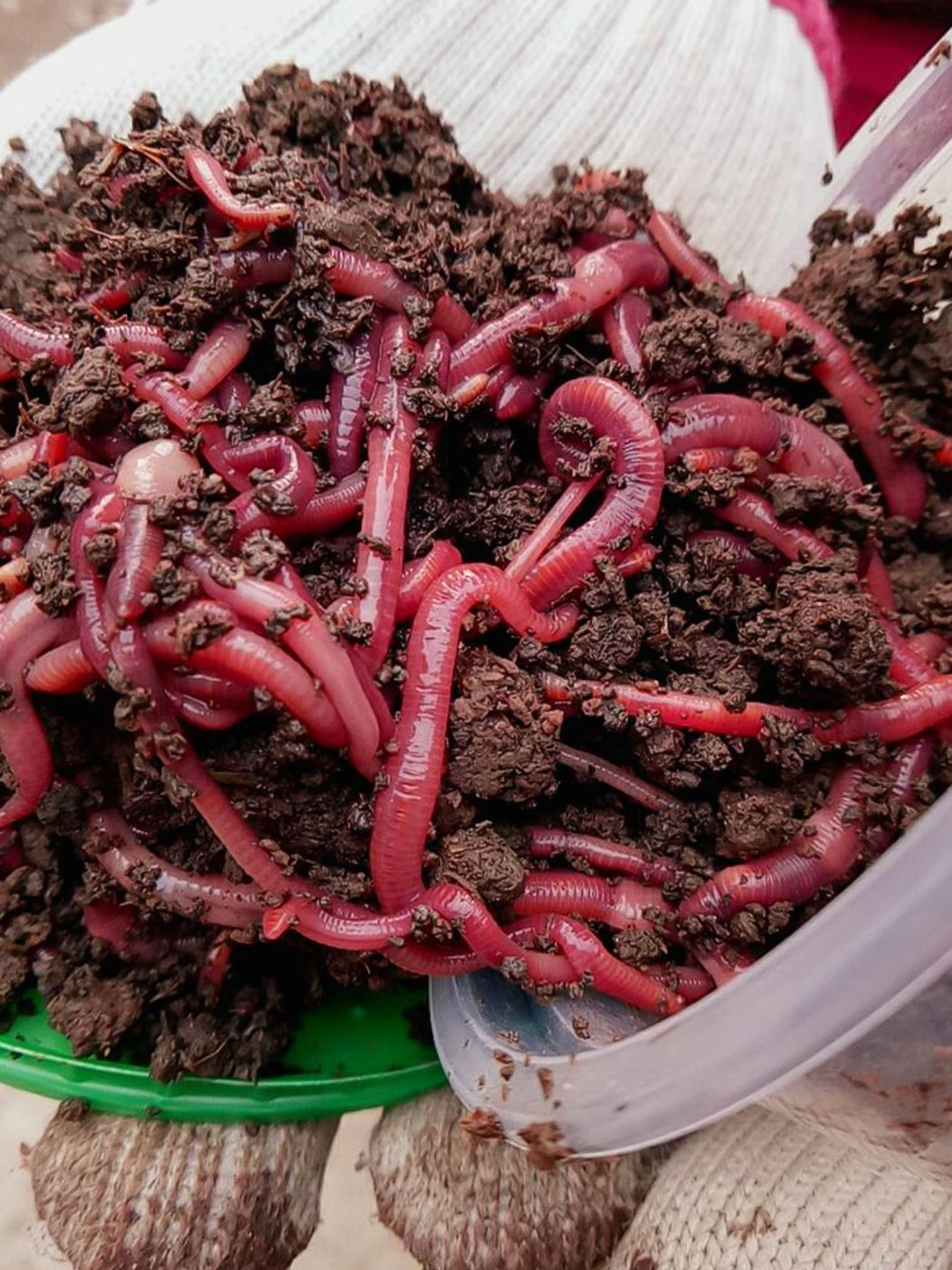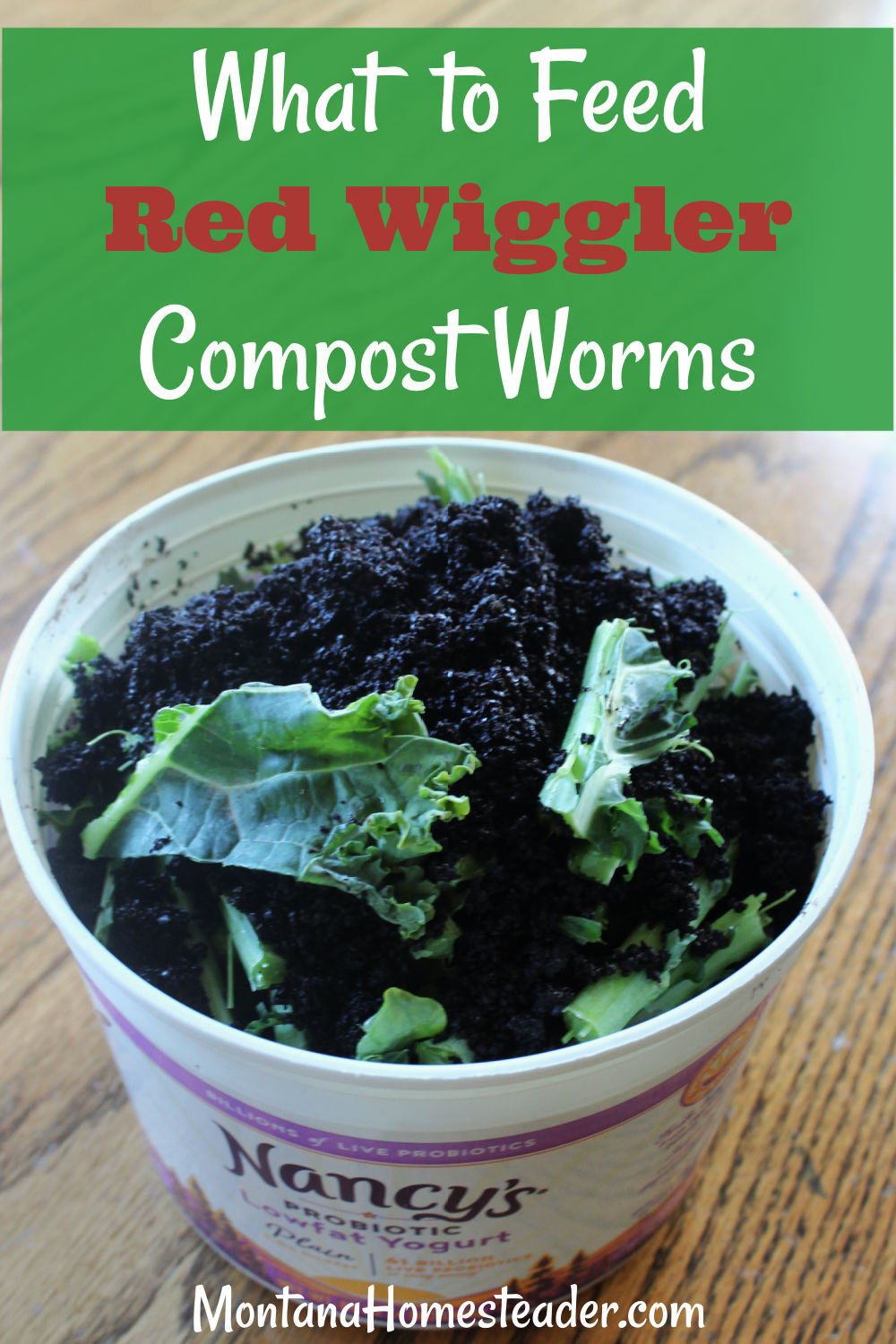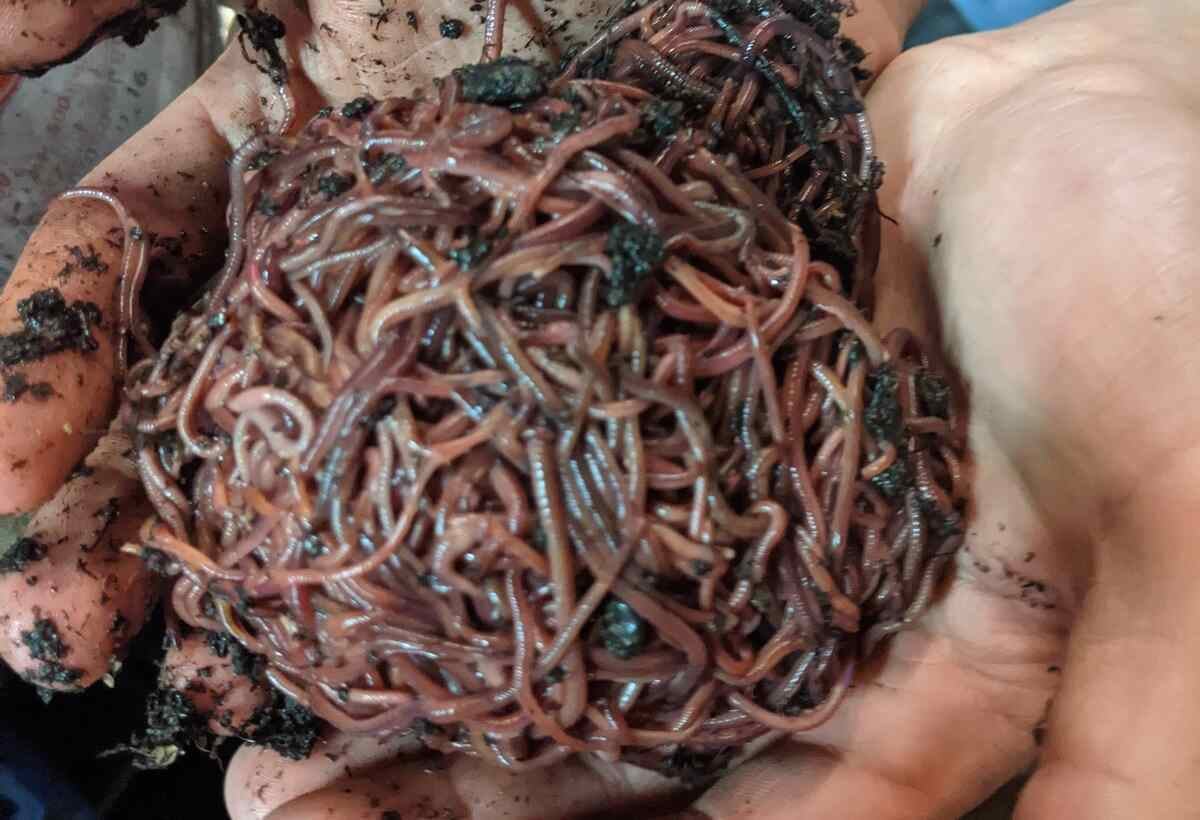Take Care of Your Lawn with the Best Products from Lake Hickory Bait
Take Care of Your Lawn with the Best Products from Lake Hickory Bait
Blog Article
How Red Wigglers Can Transform Your Composting Experience
The combination of red wigglers into composting methods offers a transformative strategy to lose administration and soil enrichment. Understanding the certain demands and advantages linked with keeping a thriving worm population is important for optimizing their potential.
Advantages of Red Wigglers
Red wigglers, clinically referred to as Eisenia fetida, are a foundation of effective composting systems due to their impressive ability to decay organic matter effectively. These worms excel in transforming cooking area scraps, yard waste, and other natural materials into nutrient-rich compost, typically described as worm castings. Lake Hickory Bait. This process not just lowers garbage dump waste yet additionally adds to lasting gardening methods
One of the main benefits of red wigglers is their high reproduction rate, allowing them to populate a composting environment quickly. This quick reproduction boosts disintegration rates, resulting in faster garden compost manufacturing. Furthermore, red wigglers flourish in a varied variety of problems, making them adaptable to different composting configurations.

Establishing Your Worm Container
(Charlotte NC Worms For Sale)To produce a reliable worm container for composting, mindful interest must be given to its layout and setting. A suitable worm bin need to be constructed of materials that are resilient yet permit for essential air movement, such as plastic or timber. The size of the bin can vary, however a volume of approximately 1 square foot per pound of worms is a good starting factor.
Make sure that the container has drain holes to avoid water accumulation, which can cause anaerobic problems destructive to the worms. Furthermore, integrating air flow holes will certainly aid maintain proper humidity degrees and oxygen circulation.
Next, it is important to offer bed linen for the worms, which can consist of shredded paper, cardboard, or coconut coir. This bedding not only supplies an environment for the worms however likewise aids in dampness retention.
Placement the worm container in a place that keeps a temperature level variety of 55-77 ° F(13-25 ° C) to maximize worm activity. Avoid positioning the container in direct sunshine or extreme temperature levels. By complying with these standards, you can develop a conducive setting for red wigglers, improving the performance of your composting procedure.
What to Feed Your Worms

(Lake Rhodhiss Bait)Red wigglers specifically take pleasure in soft, wet foods like watermelon skins, cucumber peels, and banana peels. It is crucial to stay clear of feeding them citrus fruits, onions, and garlic, as these can be harmful to their wellness. Furthermore, prepared foods, milk items, and meat needs to be strictly prevented, as they can bring about odors and bring in insects.
Offering a consistent feeding routine will help maintain your worm populace growing while improving the total performance of your composting efforts. By recognizing what to feed your worms, you lay the groundwork for an effective and lasting composting experience.
Keeping a Healthy And Balanced Environment
Creating a prospering composting atmosphere for red wigglers requires interest to their environment, as it straight affects their health and wellness and performance. The suitable habitat must preserve a well balanced wetness level, typically in between 60-70%. Excessive moisture can lead to anaerobic conditions, while not enough dampness might dry out the worms.

The bedding product in the compost ought to vary and shredded, incorporating products like cardboard, newspaper, and coconut coir. This not just offers a comfortable setting but likewise offers as a food source. Lake Hickory Bait. Frequently looking for smells or signs of bugs can assist identify prospective issues before they escalate
Finally, maintaining a well balanced pH degree, ideally between 6 and 7, makes certain a favorable habitat for red wigglers, fostering their ability to procedure organic matter efficiently. By resolving these factors, you can produce a lasting and productive composting environment.
Harvesting and Making Use Of Compost
Gathering garden compost from a worm container is a rewarding process that transforms organic waste into nutrient-rich material for gardens and plants. This can be done using approaches such as the "light" method, where worms are drawn in to light and can be scooped away from the top layers, or by moving the compost to one side of the container and adding fresh bedding to the various other side, urging the worms to migrate.
As soon as the worms are eliminated, the staying garden compost can be sorted to remove any kind of bigger particles or undecomposed material. This abundant compost can be applied straight to garden beds, mixed into potting dirt, or made use of as a top dressing for potted plants.
Conclusion
Incorporating red wigglers into composting techniques substantially improves the disintegration procedure and adds to the manufacturing of nutrient-rich vermicompost. Their versatility to different environments and high reproduction rates ensure a lasting population, which properly breaks down organic matter. The resulting worm spreadings enhance soil structure, fertility, and microbial task, inevitably advertising much from this source healthier plant growth. Consequently, the combination of red wigglers into composting not just maximizes waste monitoring but additionally enhances yard communities.
Report this page